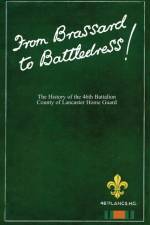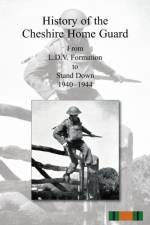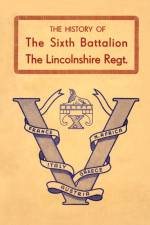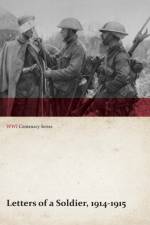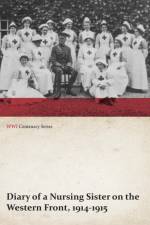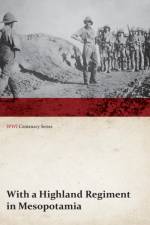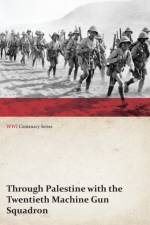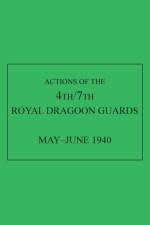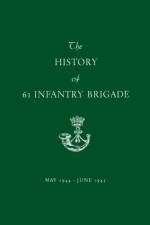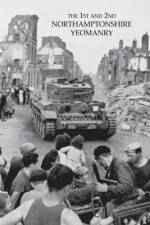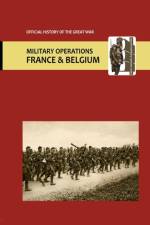von Anon
28,00 €
The 6th Lincolnshire''s were in 138th Brigade, commanded by Brigadier G.P. Harding, in 46th Infantry Division which was commanded by Major-General J.L.I. Hawksworth during the Second World War''s Italian campaign..At the Salerno landings on 9 September 1943, 6th Lincs were involved in fierce fighting and completed the expulsion of the Germans from the strong-point of Magazzea. Later on the Herman G├╢ring Panzer and Reconnaisance, and Grenadier Battalions vigourously engaged the 2nd and the Royal Marine Commandos, which were supported by the destroyer HMS Nubian. Towards evening 6th Lincs arrived, tipping the scales, and the action died down.On the night of 22nd/23rd September 46th Division cleared Cava di Terreni, but well sited enemy machine guns spoiled the attempt and neither Santa Croce nor La Molina were cleared, The 2nd/4th K.O.Y.L.I. was hit by friendly fire, as a result of which 6th Lincs on their immediate left, also fell short of their objective. The fierceness of these action can be judged by the casualties, on 23 September 2nd/4th K.O.Y.L.I. suffered 116 and 6th Lincolnshire''s 93.The next action in which they were engaged was the second battle of Monte Camino in the assault on the Bernhardt Line. This was in atrocious weather on 4/5 December 1943 with icy drizzle turning to torrential rain, and the Garigliano, the Peccia, and the Liri rivers in flood. They were in action on the precarious Garigliano bridgehead against heavy German counterattacks from 20 to 22 January 1944.On the night of 26th/27th January the 6th Lincs won a firm footing on the slopes of Monte Rotondo East, going on to capture it on the night of the 28th. In the fierce fighting that followed, on the night of 7th/8th February 6th Lincs twice reached Monte Faito and twice were pushed off it by immediate counterattacks which forced them back to Ornito. From 9 February the whole of the division went over to the defensive as the focal point of the struggle became Cassino and Anzio. On 10 September 6th Lincs were ordered to take Point 449 on the Gemmano Ridge and although badly cut up by shellfire, one company got up to the wooden cross at the top of the hill. Again and again the top of the hill changed hands. When the hill was finally taken by 2nd Cameron Highlanders "round the base of the great black crucifix at the top were the arms of a dead soldier of the 6th Lincoln''s" (quoted from R. Docherty, Eighth Army in Italy 1943-45, page 164).On 9 December the 6th Lincoln''s were again in the thick of it when 90th Panzer Division counterattacked 46 Division''s front at the Faenza bridgehead. 200th Panzer Grenadier Regiment using artillery, tanks, and infantry attacked apparently regardless of casualties, and struck 138th Brigade''s front with the brunt of the fighting falling upon 6th Lincs and a squadron of the Bays. The three companies of the Lincolnshire''s were all under strength due to previous heavy losses, but they held their ground from 7 am to just before midday when the Germans fell back. A second attack was launched at 2 pm but also failed. A third attack, made in conjunction with 305th Infantry Division was also repulsed. But 46th Division had suffered heavy casualties, had reached the end of its fighting fitness and had to be relieved.22 year old Captain John H.C. Brunt of the Sherwood Forresters attached to 6th Lincoln''s as c/o Carrier Platoon, was killed winning the VC on the bridgehead over the Lamone River on 9 December 1944, holding a vital sector of the line at Faenza facing the full fury of the above attack.This fine history covers the Tunisian as well as the Italian campaigns and comes complete with Roll of Honour, awards and the Order of Battle at the end of the war in Europe.

